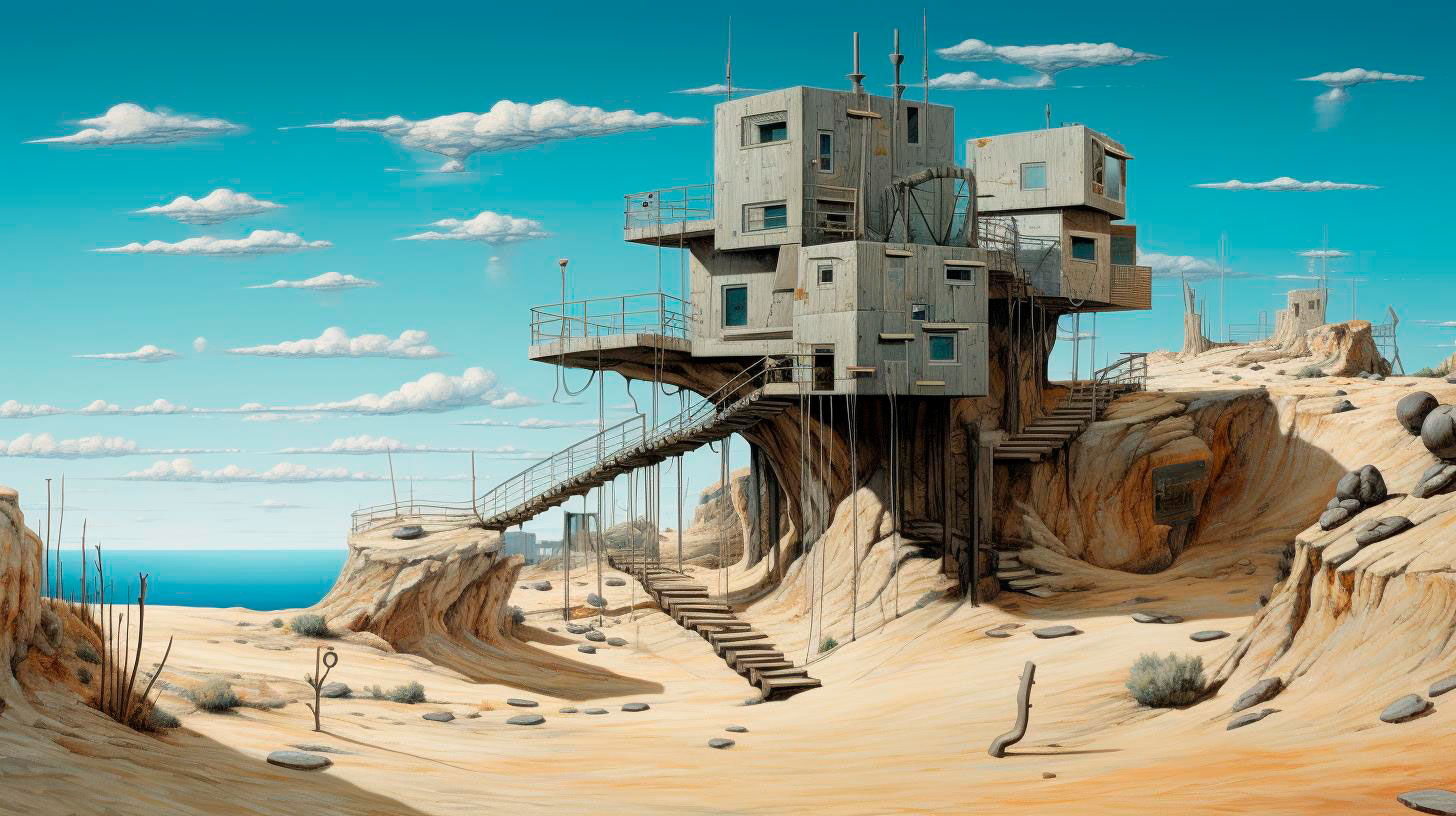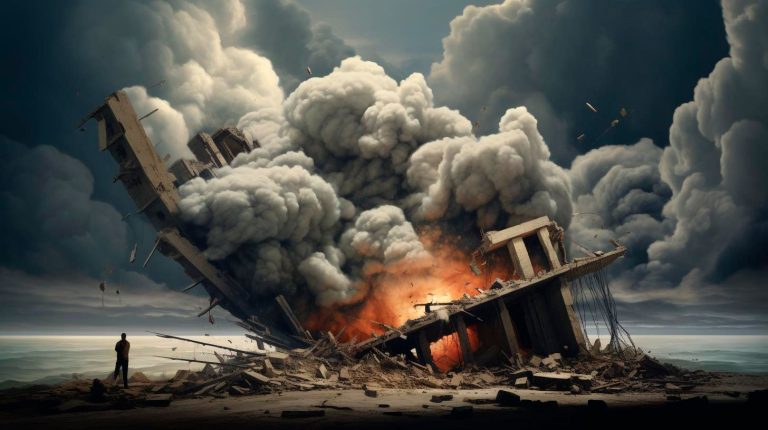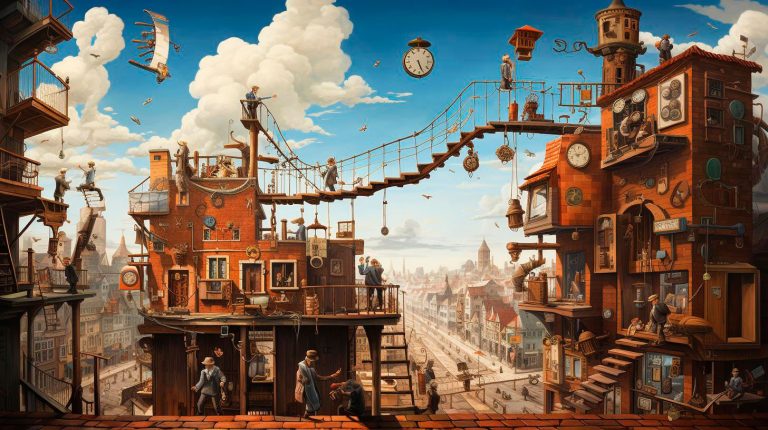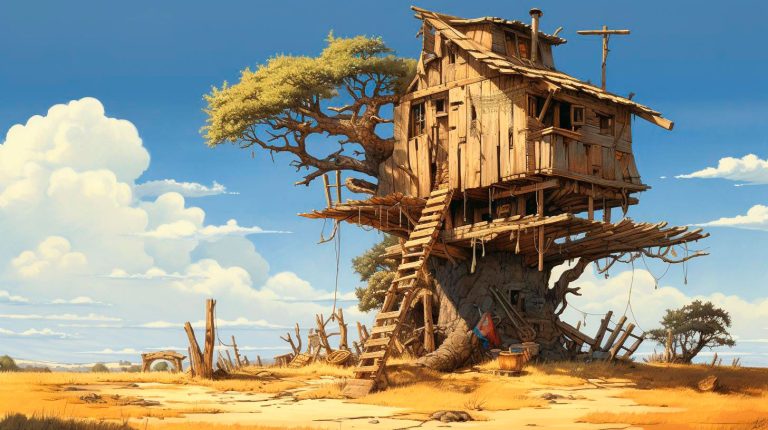One of the most intriguing aspects of macro photography is its ability to manipulate shadows and light, creating a dance of contrasts that adds depth and drama to the final image.
The Power of Shadows
In macro photography, shadows can serve as a powerful tool to enhance the subject and draw the viewer’s attention. By carefully positioning the light source, photographers can create shadows that accentuate the texture and form of their subject. These shadows can add a sense of depth and three-dimensionality, making the subject come alive. The interplay between light and shadow brings out intricate details that would otherwise go unnoticed, creating a visually stunning composition.
- Shadows bring out texture: The contrast between light and shadow highlights the texture of the subject, revealing intricate details that may go unnoticed.
- Depth and dimension: Shadows add depth to an image, giving it a three-dimensional feel and making the subject pop.
- Emphasizing form: Shadows can accentuate the form and shape of the subject, enhancing its visual impact.
The Dance of Light
Just as shadows play a crucial role in macro photography, so does the manipulation of light. By controlling the intensity, direction, and quality of light, photographers can create stunning effects that evoke different emotions and moods. Whether it’s the soft, diffused light that enhances the delicate beauty of a flower petal or the dramatic, directional light that illuminates the intricate details of an insect, mastering light is key to capturing compelling macro photographs.
- Soft and diffused light: This type of light creates a gentle and dreamy atmosphere, perfect for capturing the delicate nuances of flowers and other delicate subjects.
- Directional light: By using directional light, photographers can create dramatic shadows that add depth and create a sense of mystery.
- Backlighting: Backlighting, where the light source is positioned behind the subject, can create a stunning halo effect and highlight the subject’s silhouette.
Technical Considerations
When venturing into the world of macro photography, there are a few technical considerations to keep in mind. These factors can significantly impact the quality of your images and help you achieve the desired results.
Depth of Field:
Macro photography often involves shooting at extremely close distances, which results in a very shallow depth of field. Understanding how to control the depth of field can help you achieve sharp focus on your subject and create a pleasing background blur.
Use a Tripod:
Due to the shallow depth of field and close proximity to the subject, even the slightest movement can result in blurry images. Using a sturdy tripod will ensure stability and tack-sharp images.
Experiment with Different Perspectives:
Don’t be afraid to explore different angles and viewpoints. Macro photography allows for unique perspectives that can reveal extraordinary details and transform an ordinary subject into a captivating work of art.
Patience is Key:
Macro photography requires patience and attention to detail. Take your time to observe your subject, experiment with lighting, and make necessary adjustments to create the perfect shot.
Key Takeaways:
- Shadows and light play a crucial role in macro photography, creating depth and enhancing the subject’s visual impact.
- Manipulating shadows can bring out the texture, emphasize form, and add a sense of depth to your macro photographs.
- Controlling the direction, intensity, and quality of light is essential for capturing compelling macro images.
- Consider technical aspects such as depth of field, stability with a tripod, and exploring different perspectives to enhance your macro photography.
Exploring the world of macro photography is like embarking on a journey of discovery. With every click of the shutter, we uncover breathtaking details that may have gone unnoticed. By harnessing the interplay of light and shadows, we can create mesmerizing compositions that evoke wonder and captivate the viewer. So, let’s embrace the beauty of macro photography and dance with the shadows to create images that tell captivating stories.















+ There are no comments
Add yours